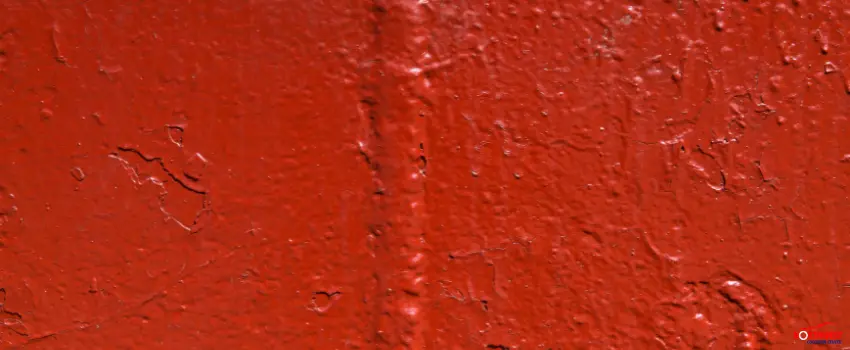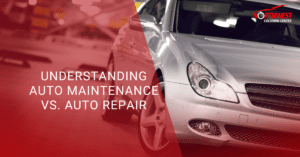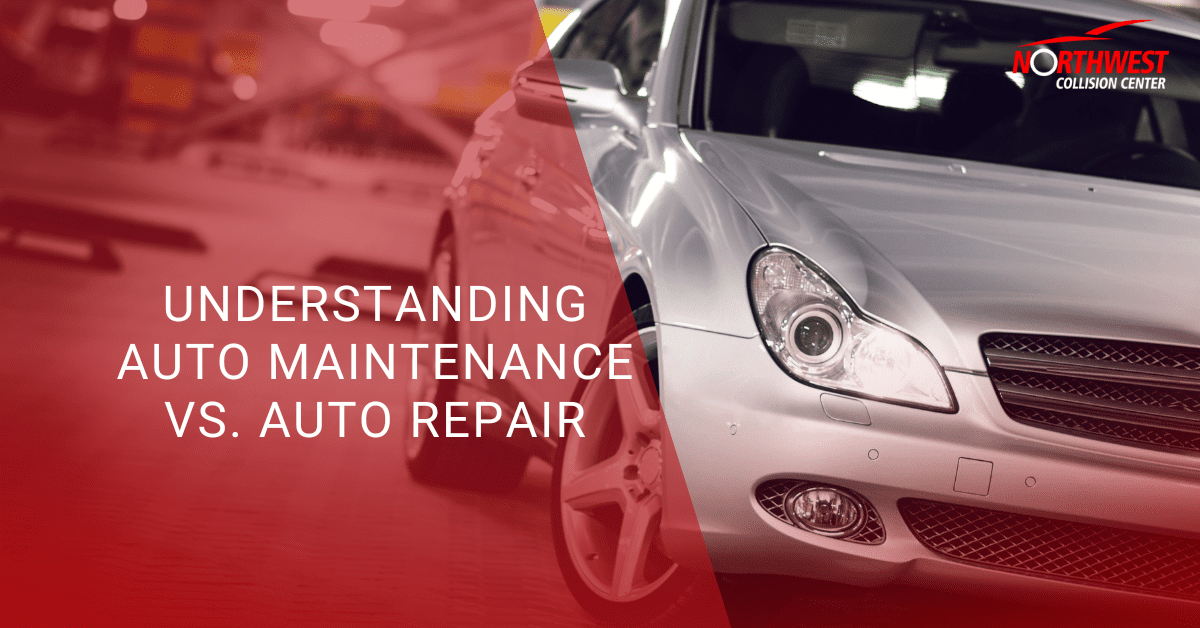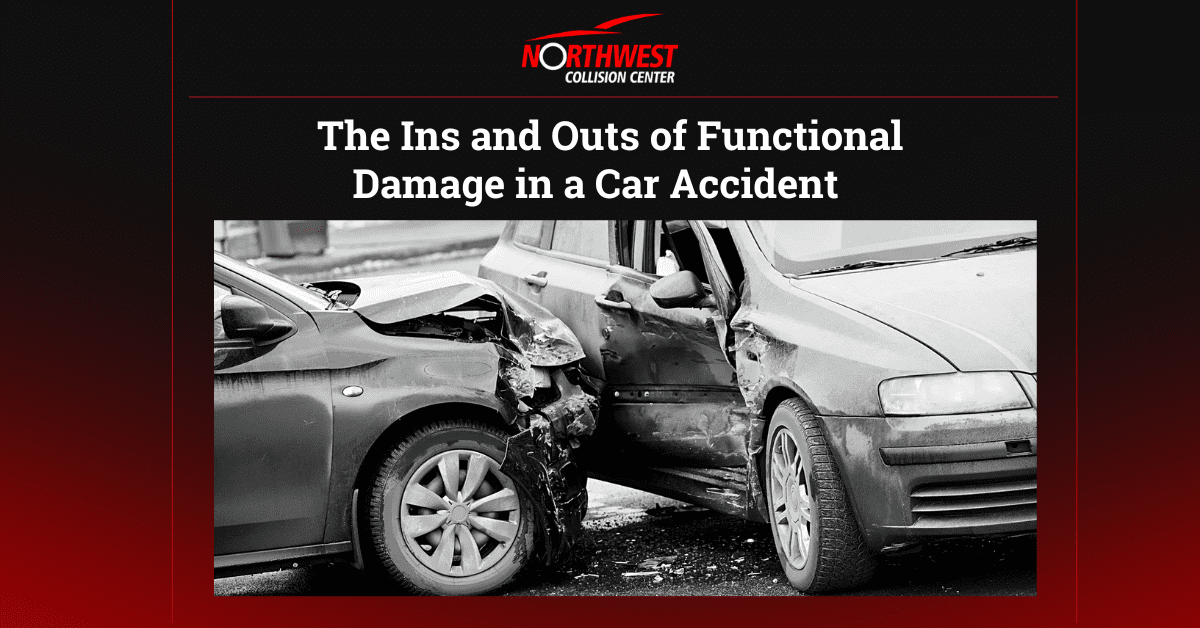Automotive paints not only enhance a vehicle’s aesthetic appeal but also protect it from corrosion and rust. In the past, manual painting application was the norm, with a drying time of several weeks at room temperature. However, this method proved inefficient, especially when car production began to increase on a massive scale.
Similarly, car paint quality significantly improved, with manufacturers making paints more resistant to staining, fading, and chipping. In the past, car paint jobs were vulnerable to external elements like acid rain, dust, tree sap, and bird droppings. However, with the advancement of automotive paint technology, multiple layers of scratch, stain, and chip-resistant paint are used, and the paint drying time is now just a few hours.
Types of Automotive Paints
Car paint comes in various types and forms. The following listed paints are the standard car paints that professional car painters will likely use when completing a paint job:
1. Acrylic Paint
Acrylic paint is a popular type of automotive paint used by the original equipment manufacturer (OEM) and in aftermarket applications. It is known for its durability, high gloss, and quick-drying properties. Acrylic paints are also available in various colors and can be easily matched to the vehicle’s original color. It is likewise an affordable car paint when compared to the other types. The only drawback of acrylic paint is its limited resistance to UV rays and chemicals.
2. Urethane Paint
Urethane paint is a high-quality, durable automotive paint known for its chipping, fading, and peeling resistance. It is available in both one-stage and two-stage formulations. The one-stage paint is usually mixed with a clear coat and can be applied directly to the vehicle, while the two-stage paint requires a separate coating application.
Urethane paints offer excellent color retention and are resistant to chemicals, weather, and UV rays. However, they are quite expensive and require professional expertise to be applied effectively on any car.
3. Enamel Paint
A traditional car paint type, enamel has been used for many years. Like the first two types of automotive paints, it is known for its durability and high-gloss finish.
Enamel paints are easy to apply and are available in a wide range of colors. However, they are not resistant to chipping and often require maintenance.
4. Water-Based Paint
This type of car paint is becoming increasingly popular due to its eco-friendliness and low VOC (volatile organic compounds) content. It offers excellent color retention and resistance to chipping. Water-based paints are also easy to apply and dry quickly but require specialized equipment when used to paint automobiles.
5. Metallic Paint
This vehicle paint type contains small metallic particles that reflect light and create a sparkling effect. It is available in a wide array of colors and finishes, including matte and gloss. Metallic paint also offers excellent color retention, but can be a bit costly. When used, it can be difficult to match the original color of the car.
Factors To Consider When Choosing Automotive Paints
Car paint adds a touch of individuality to a vehicle, allowing drivers to express themselves. However, several factors have to be considered when choosing a paint type for your auto, which include the following:
1. The Vehicle Use
The choice of paint largely depends on what the vehicle is used for. For example, if the car is being driven off-road or used for heavy-duty work, then a more durable paint, such as urethane, would be ideal. On the other hand, if the vehicle is used for daily commuting, a more affordable paint, such as acrylic, should suffice.
2. Paint Color
In cases where you need a repainting job, it is essential that the original color of the car is retained so it can have greater resale value. In this regard, metallic paints can be challenging to match, and special care must be taken to ensure that the color degree is consistent throughout the vehicle.
3. Available Budget
The available budget is always a factor that determines what type of paint is used. High-quality paints, such as urethane and water-based, are more expensive. However, they offer durability, color retention, and resistance to fading and chipping. Given these, there’s a need to weigh the cost against the long-term benefits of car paints.
4. Environmental Impact
It is also essential that you consider the environment when looking for suitable vehicle paint. Water-based paints are often regarded as more eco-friendly due to their low VOC content. Volatile Organic Compounds (VOCs) are harmful chemicals that are released into the atmosphere during the painting process, and they can have detrimental effects on both human health and the environment.
5. Painting Experience
The assigned car painter’s experience level is also an influential factor when it comes to choosing which paint should be used when painting your car. Some paints, notably urethane, can be difficult to apply to a car. To ensure that the painting job is completed successfully, you should only rely on professional car painters with years of experience to get the job done.
Key Takeaway
Automotive paints have come a long way since they were first introduced. This has made many vehicles more than just attractions, but a declaration of individual taste and preference.
Car painting can hardly be considered a DIY job despite numerous innovations, even if some car owners have tried taking on the task. This is because the work is challenging and can be dangerous to a certain degree, especially where chemicals and specialized tools have to be used. Given this, if you’re looking for the best type of paint for cars, you should partner with a reputable auto repair shop.
Paint your car with success only at Northwest Collision Center.
High-quality auto paint is not just an art; it’s also a science. At Northwest Collision Center, we fuse art and science together, which allows us to guarantee you excellent car painting results.
Our auto body repair Largo, FL, team deliver unmatched car paint finishes using advanced technology, sophisticated equipment, and untainted artistic skills. Call us today and watch us work our painting magic on your car.












